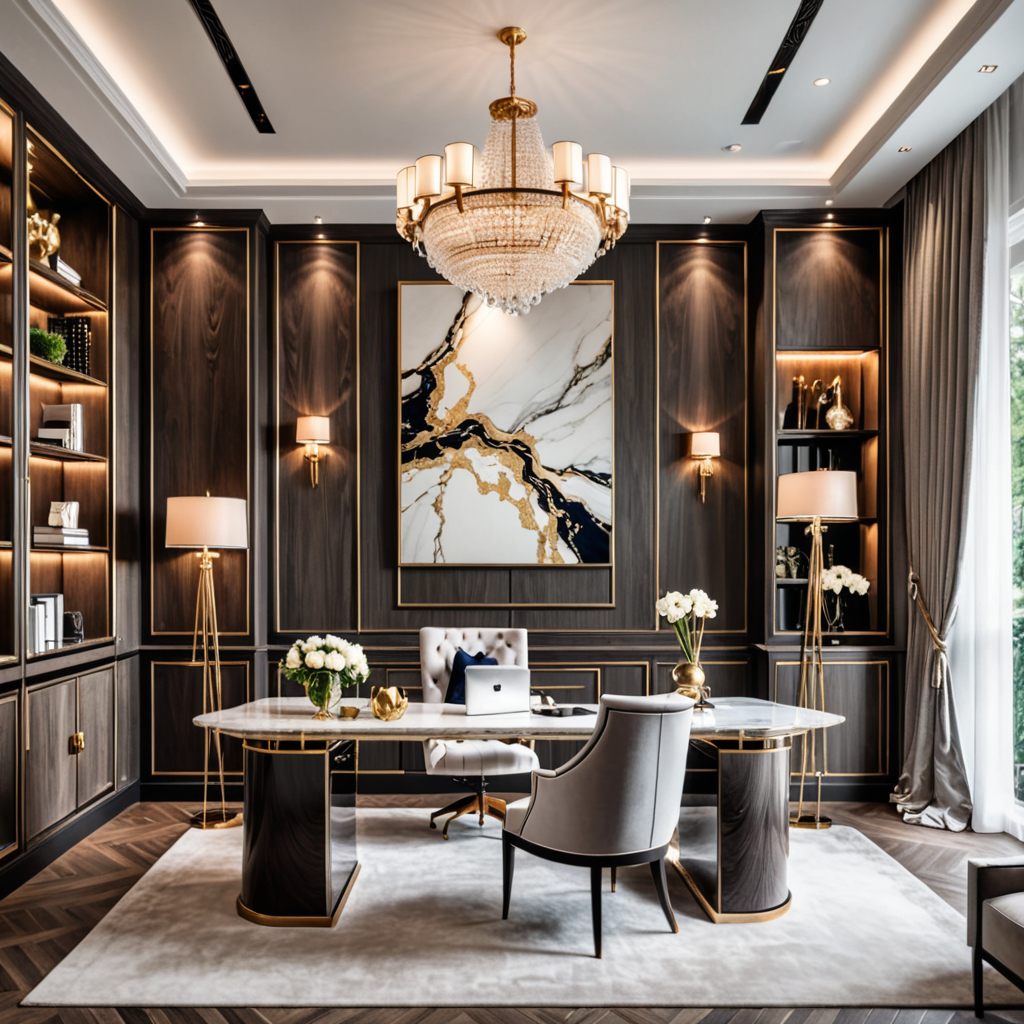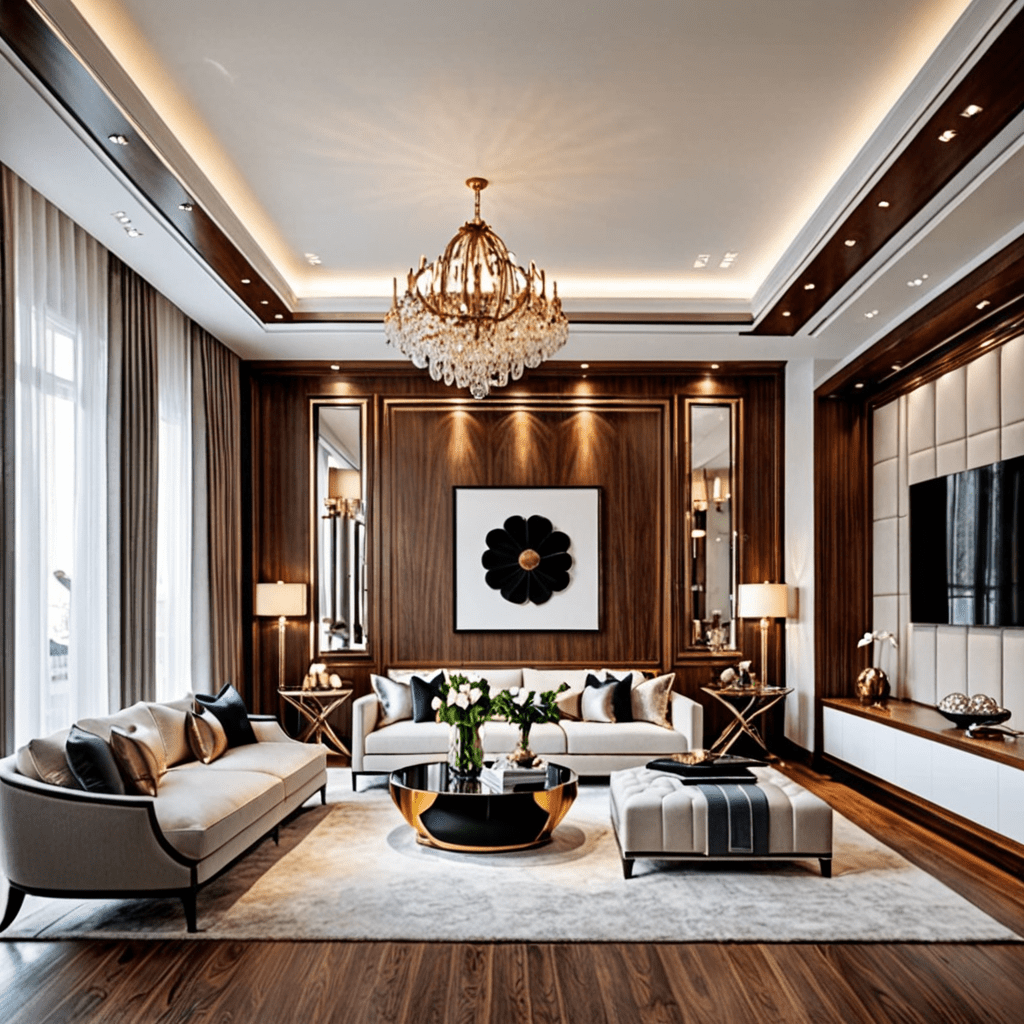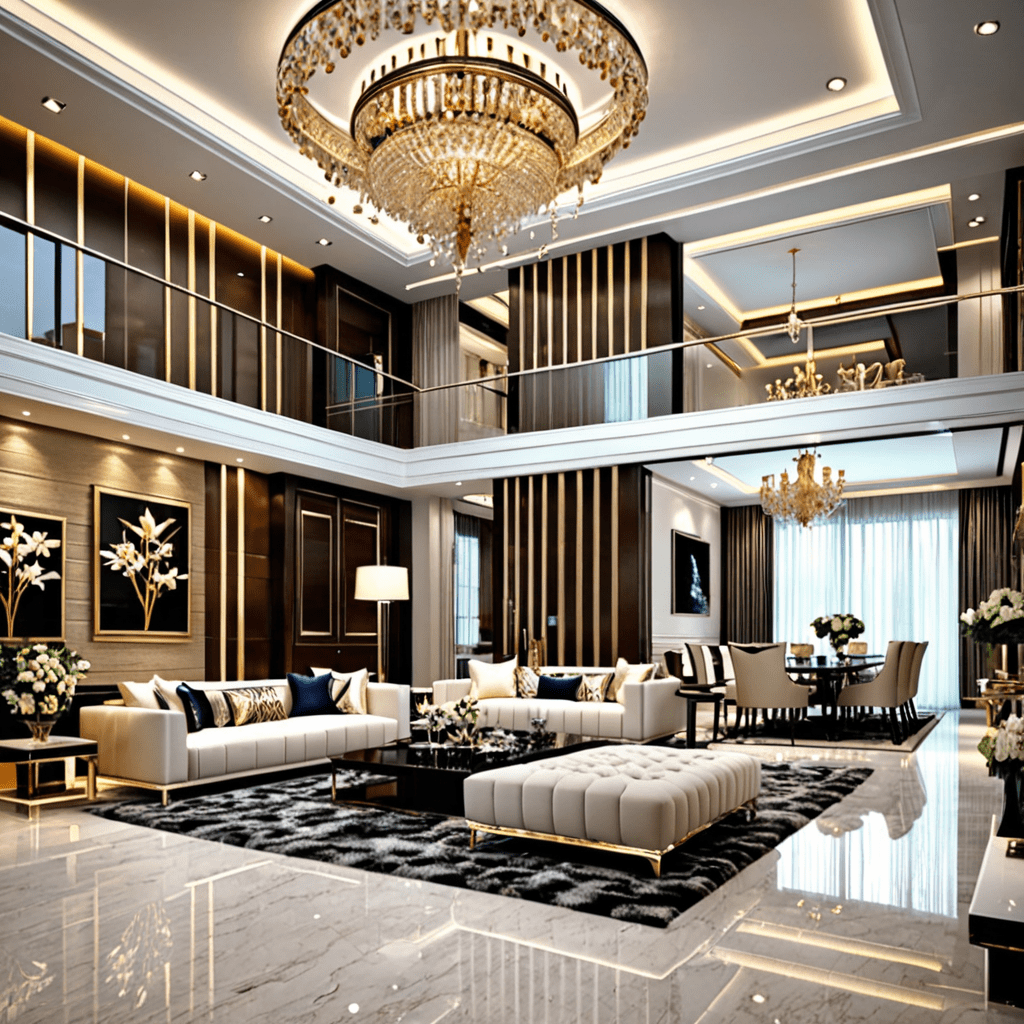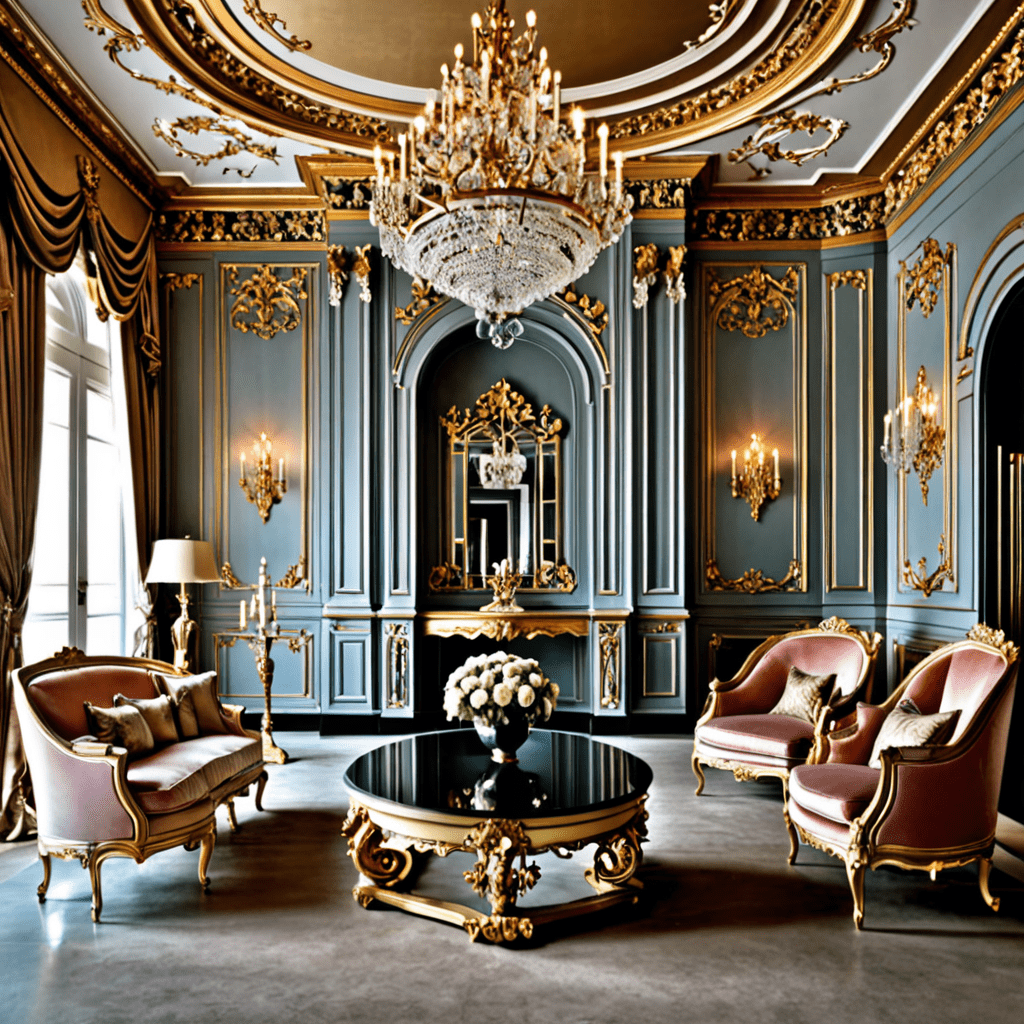„Unearth the Beauty of Concrete in Interior Design”
Unearth the Beauty of Concrete in Interior Design
Concrete, once reserved for industrial spaces, has now found its way into residential interiors, offering a unique and modern aesthetic. Its versatility, durability, and minimalist appeal make it a popular choice for interior designers and homeowners alike. Let’s delve into the world of concrete interior design and explore the various ways it can be incorporated into residential spaces.
1. Concrete Walls and Floors
One of the most striking uses of concrete in interior design is through the use of concrete walls and floors. Polished concrete floors exude an understated elegance, providing a sleek and contemporary look. Concrete walls, whether left raw or painted, add a sense of texture and depth to a space.
2. Concrete Countertops and Surfaces
Concrete countertops have gained popularity for their industrial-chic appeal and customizability. The smooth, seamless surfaces offer a modern touch to kitchens and bathrooms. Additionally, concrete can be molded into various shapes and sizes, allowing for unique and personalized design options.
3. Concrete Furniture and Fixtures
Integrating concrete furniture and fixtures, such as tables, chairs, and light fixtures, can infuse a space with a contemporary and minimalist vibe. The juxtaposition of the raw, textural quality of concrete with other materials like wood or metal creates a visually appealing contrast.
4. Using Concrete as a Design Element
Concrete can also be used as a design element to add visual interest and create focal points within a space. From statement walls to decorative panels, concrete offers a versatile canvas for artistic expression. Its neutral tones provide a perfect backdrop for showcasing art and decor.
5. Sustainability and Durability of Concrete
Besides its aesthetic appeal, concrete is a sustainable and durable material, making it a practical choice for interior design. Its thermal mass properties contribute to energy efficiency, while its longevity reduces the need for frequent replacements, minimizing environmental impact.
6. Incorporating Concrete in Various Design Styles
Concrete can seamlessly integrate into a myriad of design styles, from industrial and minimalist to modern and even rustic. Its adaptability allows it to complement a wide range of color palettes and textures, making it a versatile choice for interior design enthusiasts.
7. Caring for Concrete Surfaces
To maintain the beauty of concrete surfaces, proper care and maintenance are essential. Sealing concrete countertops and floors can protect against stains and enhance durability. Regular cleaning with mild solutions and avoiding harsh chemicals can help preserve its quality over time.
8. Conclusion
Concrete has evolved from its industrial roots to become a sought-after element in interior design. Its seamless integration into residential spaces, coupled with its aesthetic and sustainable qualities, makes it a compelling choice for homeowners and designers looking to create modern, yet timeless interiors.
FAQ
What are the benefits of using concrete in interior design?
Concrete offers durability, sustainability, and a minimalist aesthetic. It can be integrated into various design styles and can serve as walls, floors, countertops, and even decorative elements.
How do I maintain concrete surfaces in my home?
Proper care involves sealing concrete surfaces to protect against stains and regular cleaning with mild solutions. It’s important to avoid harsh chemicals that may damage the concrete.
Is concrete suitable for all types of residential spaces?
Concrete’s versatility allows it to complement a wide range of design styles, making it suitable for various residential spaces, including kitchens, bathrooms, living areas, and even outdoor areas.





